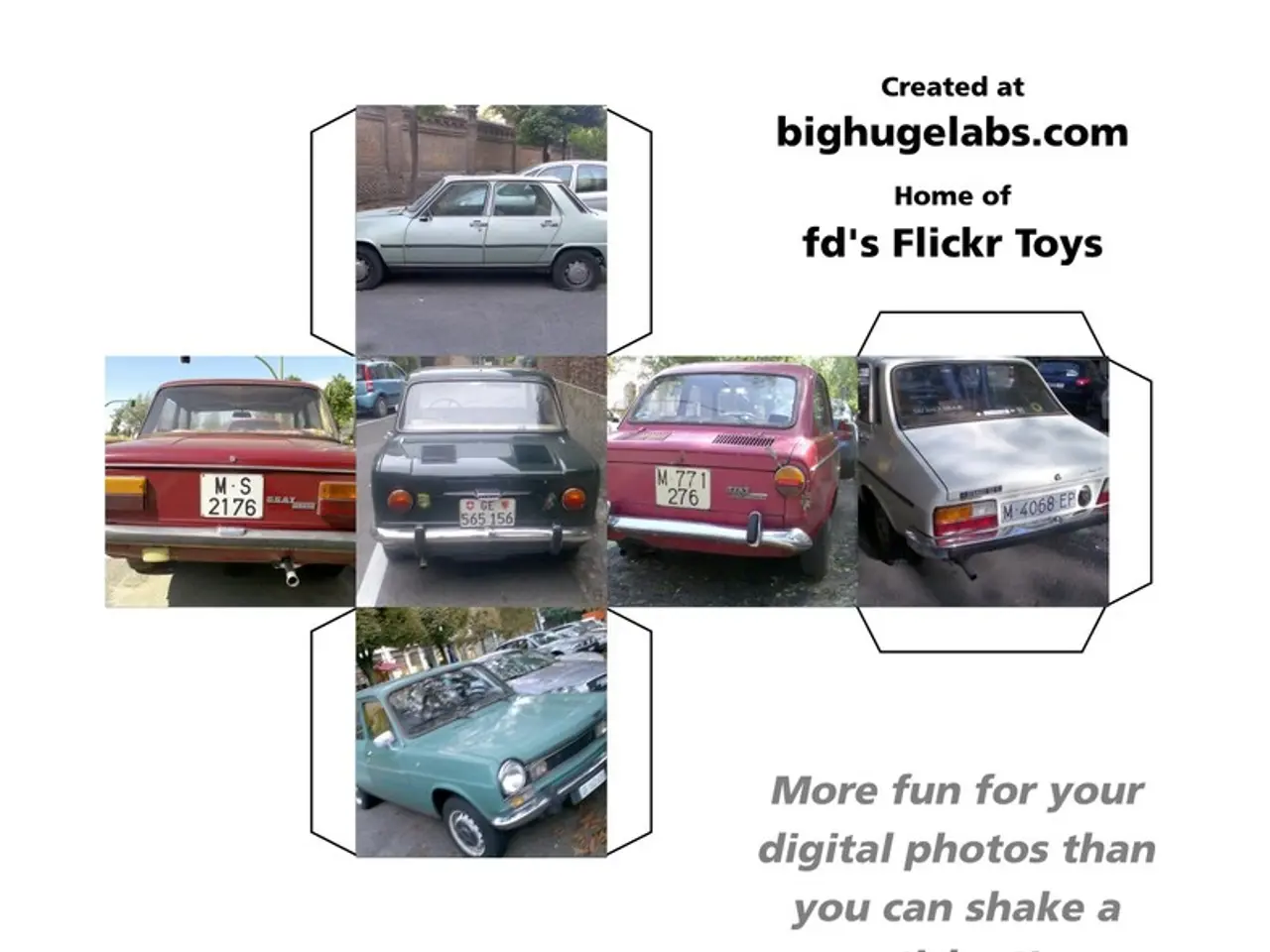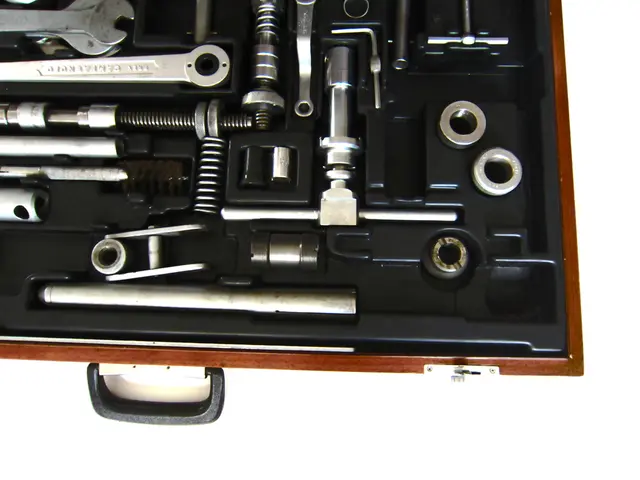ADAS to Slash Auto Insurance Loss Costs by Up to 3% by 2030
Advanced Driver-Assistance Systems (ADAS) are set to significantly impact the auto insurance industry, with potential annual decreases of 1-3% in loss cost trends by 2030. ADAS penetration reached 25% in 2024 and is projected to double by the end of the decade, driving substantial changes in claim frequencies and total losses.
ADAS-equipped vehicles have already shown lower claim frequencies for Bodily Injury (-24%), Property Damage (-19%), and Collision (-11%) compared to non-ADAS vehicles. Features like Front Automatic Emergency Breaking (FAEB), Forward Collision Warning, Blind Spot Monitoring (BSM), and Rear AEB are particularly impactful.
In the short term, the auto insurance industry faces headwinds from favorable claim frequencies, partly due to a decline in collision claims. However, this trend could reverse in late 2026 as price increases moderate or turn negative. By 2030, ADAS penetration is expected to accelerate to a -2% to -3% reduction in total loss cost trends, potentially leading to a new historic loss cost trend of 1-3%.
The increasing penetration of ADAS in vehicles is poised to reshape the auto insurance landscape, driving down loss cost trends and transforming claim frequencies. As ADAS penetration doubles by 2030, the industry must adapt to these changes, with potential annual decreases of up to 3% in loss cost trends.
Read also:
- Web3 gaming platform, Pixelverse, debuts on Base and Farcaster networks
- Goodyear in 2025: Advancement in Total Mobility through the Launch of Kmax Gen-3 by Goodyear
- Boston Metal pioneers route to commercial production for eco-friendly steel method
- Electric SUV Showdown: Vinfast VF6 or MG Windsor EV - Your Choice Revealed







